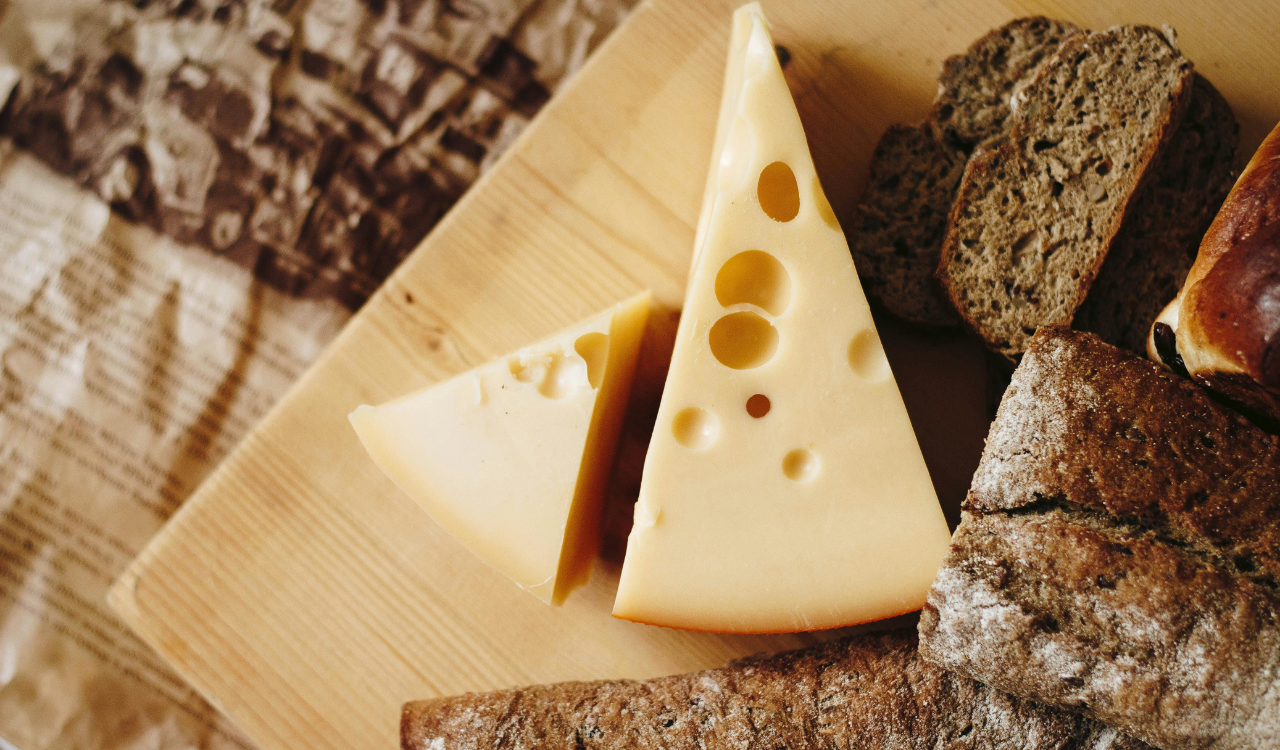11 Filipino American History Month Recipes That Celebrate Home Cooking
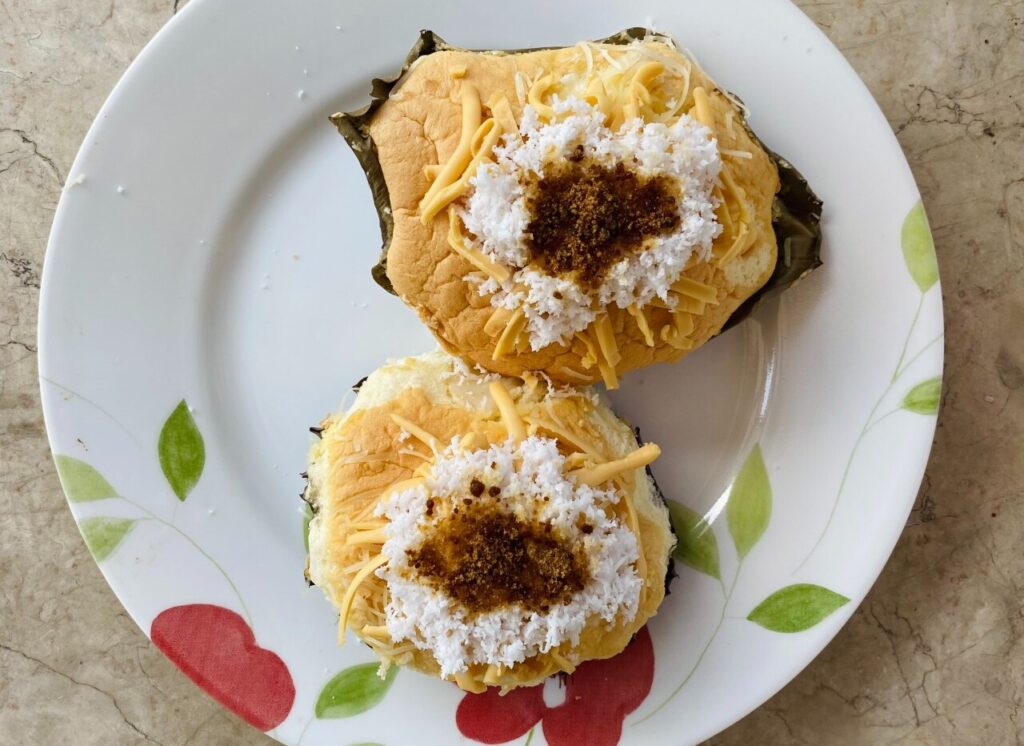
Filipino American History Month is more than a commemoration; it’s a celebration of flavor, family, and resilience. Food has always been the heartbeat of Filipino culture, telling stories of migration, adaptation, and love through every bite. From tangy stews and savory noodles to vibrant desserts layered with color, each dish connects generations and continents. These recipes are not just meals; they’re memories passed down, adapted, and shared. Here are dishes that capture the warmth, creativity, and spirit of Filipino home cooking, where every spoonful feels like coming home.
1. Chicken Adobo
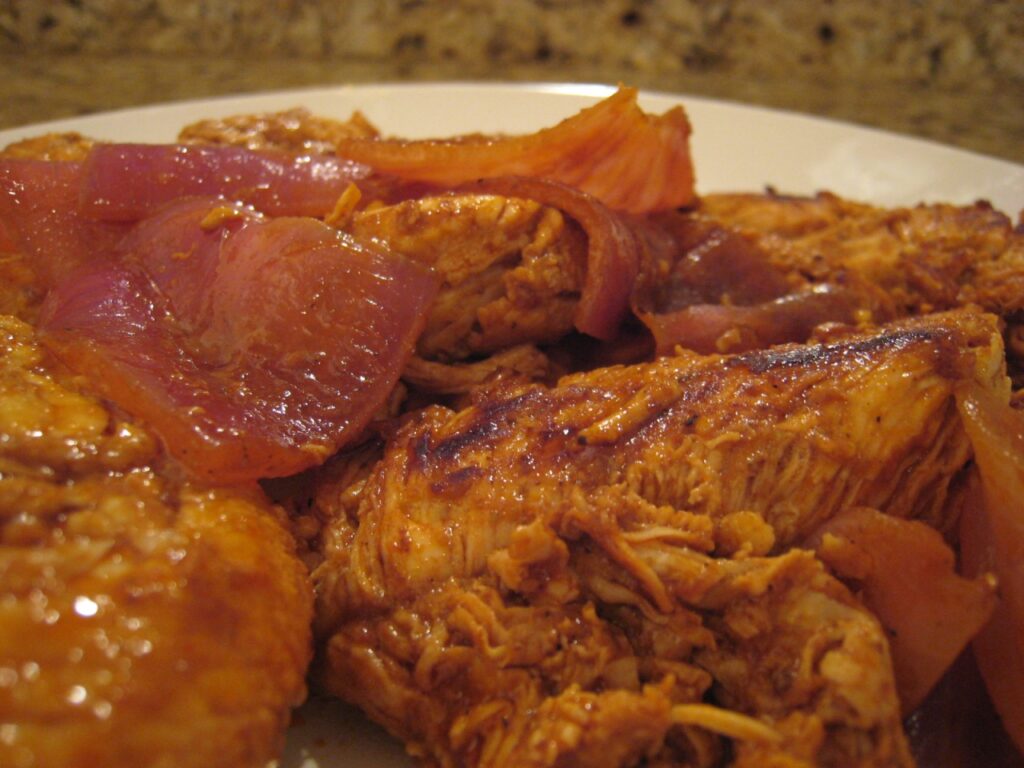
Chicken adobo is the heart of Filipino cooking, known for its bold, comforting flavor built from simple ingredients. Chicken pieces are simmered in a mix of vinegar, soy sauce, garlic, peppercorns, and bay leaves until the meat becomes tender and the sauce thickens into a savory glaze. Each region and household has its own version, some add coconut milk for creaminess, others brown sugar for depth. Its long shelf life once made it a travel staple, and today, it remains a symbol of resilience, warmth, and Filipino ingenuity.
2. Lumpiang Shanghai
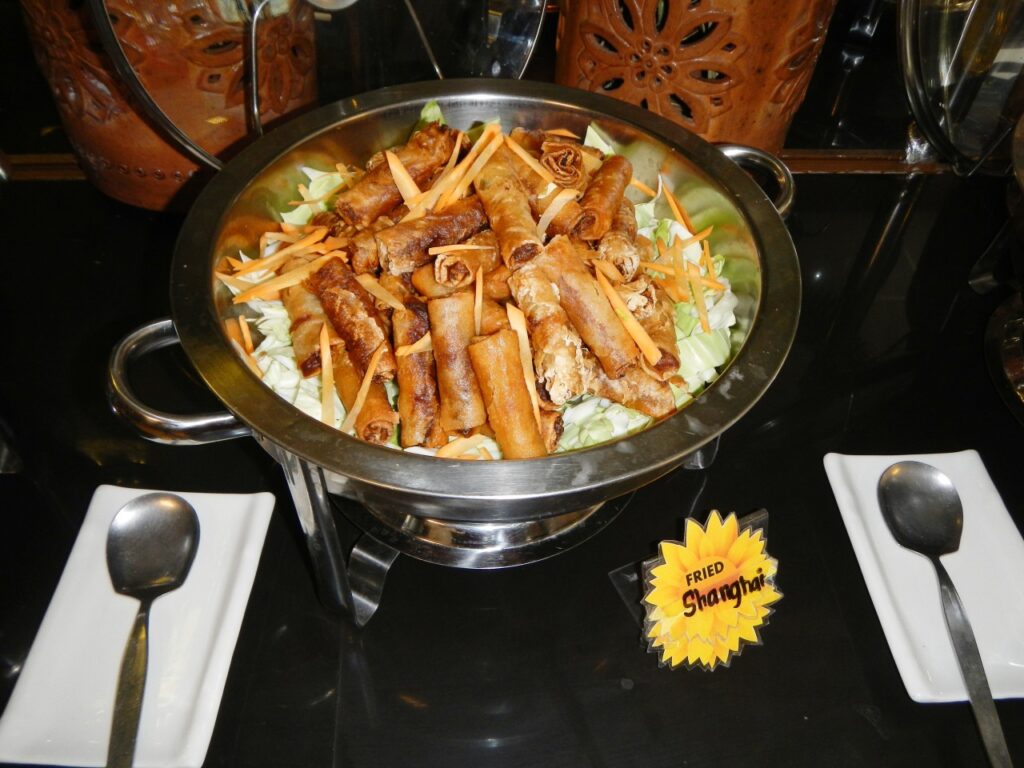
Lumpiang Shanghai is the golden star of every Filipino celebration, loved for its crisp shell and savory filling. Ground pork is mixed with minced carrots, onions, and spices, rolled tightly in thin wrappers, then fried until perfectly crunchy. The real joy of lumpia lies not only in the taste but in the tradition families gather around the table to roll dozens together, turning the kitchen into a place of laughter and storytelling. Served with sweet chili sauce, these bite-sized rolls embody comfort, community, and celebration.
3. Pancit Canton
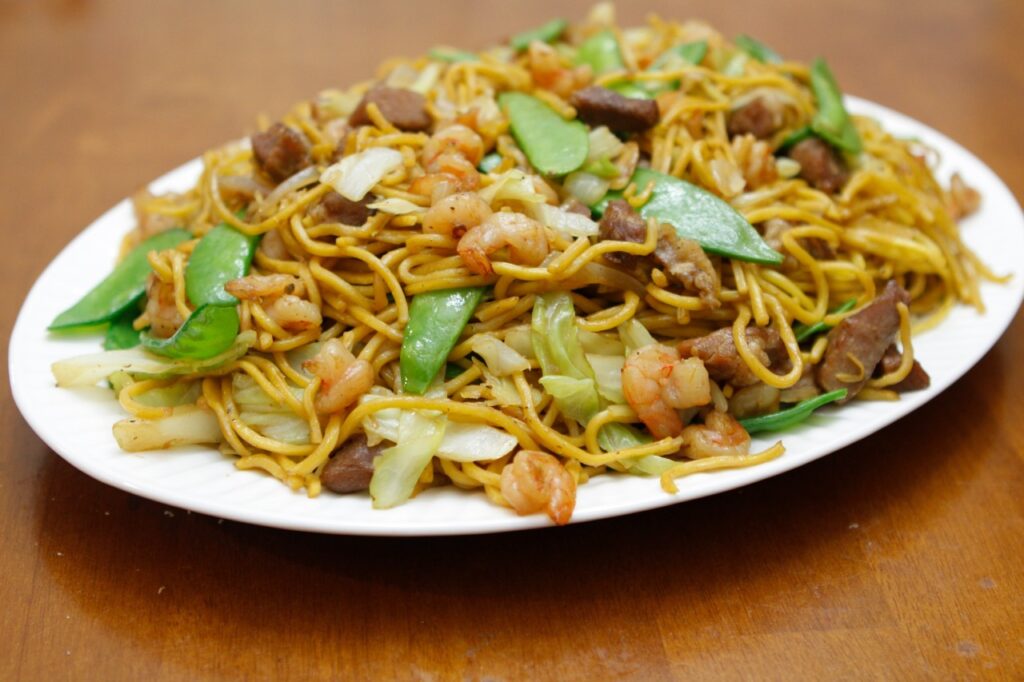
Pancit Canton captures the Filipino belief that noodles bring long life and good fortune. Stir-fried egg noodles are tossed with chicken, shrimp, vegetables, and soy-based sauce until glossy and fragrant. The dish celebrates resourcefulness, stretching simple ingredients into a generous, nourishing meal. Filipino Americans often personalize pancit with local produce or seafood, blending old and new flavors. Served at birthdays and gatherings, pancit symbolizes longevity, abundance, and the joy of shared meals across generations.
4. Kare-Kare
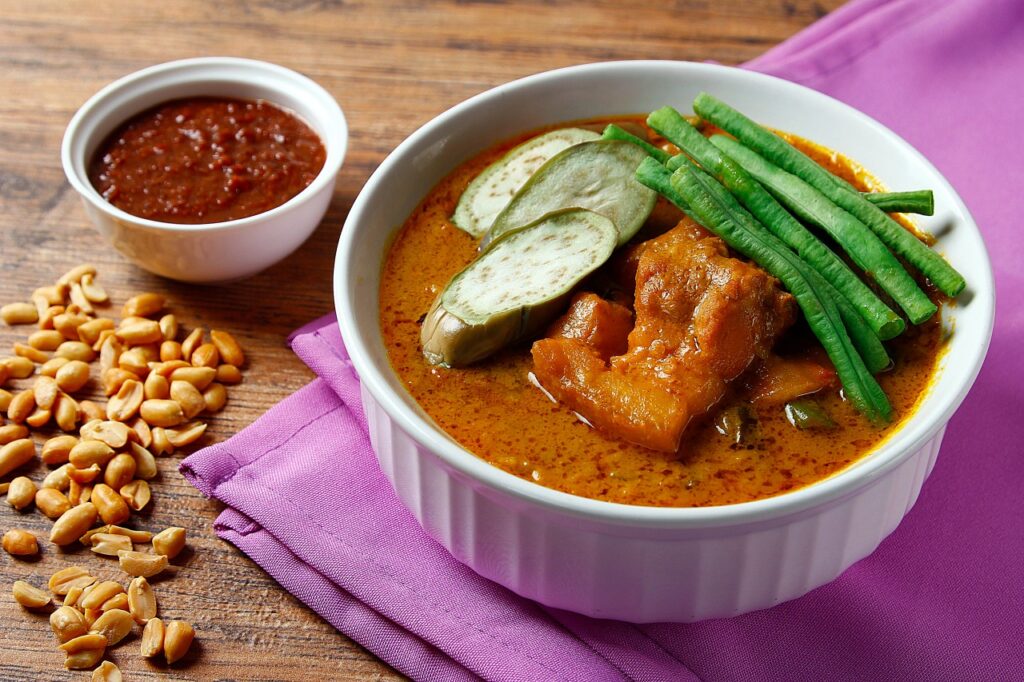
Kare-kare is a Filipino feast dish defined by its velvety peanut sauce and hearty ingredients. Traditionally made with oxtail or beef shank, it’s slow-cooked with eggplant, long beans, and banana blossoms. Ground roasted peanuts and toasted rice powder give the stew its signature nutty flavor and rich texture. The dish is never complete without bagoong, a pungent shrimp paste that balances its mild creaminess. Filipino Americans often recreate kare-kare using peanut butter, honoring tradition while adapting to modern kitchens.
5. Sinigang na Baboy
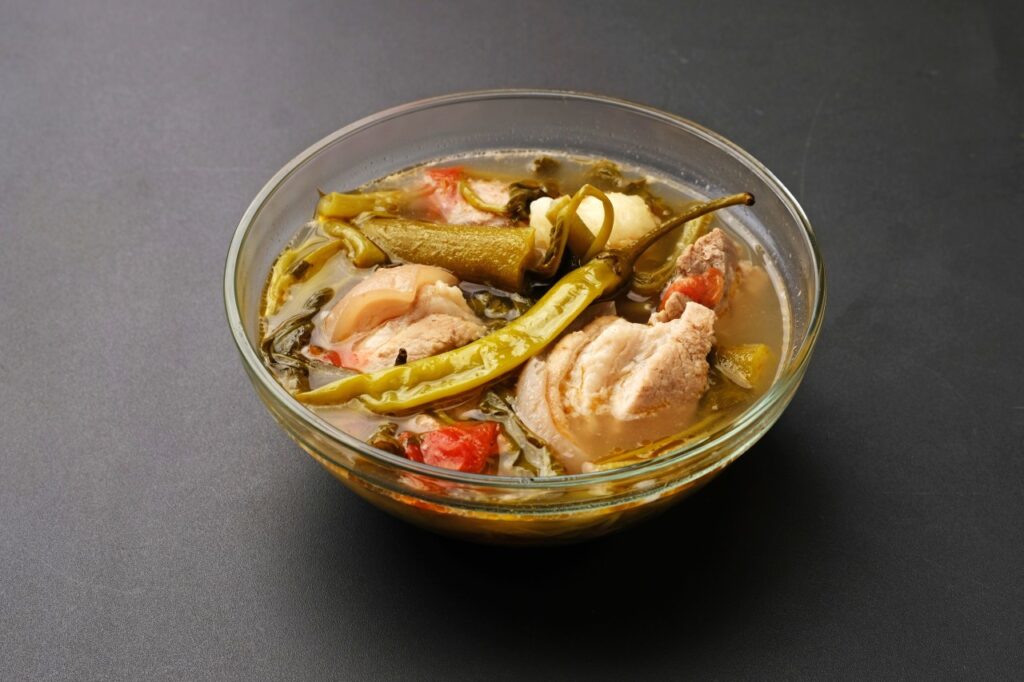
Sinigang na baboy is the perfect example of Filipino comfort sour, savory, and soul-warming. Pork ribs or shoulder simmer gently with tamarind, tomatoes, onions, and vegetables like kangkong, radish, and long beans. The broth’s tangy flavor awakens the senses, balancing richness with refreshing acidity. Each spoonful offers warmth that feels both nostalgic and grounding. Filipino Americans adapt sinigang with local produce or lemon juice when tamarind is hard to find, proving that its essence lies in its balance, not its exact ingredients.
6. Arroz Caldo
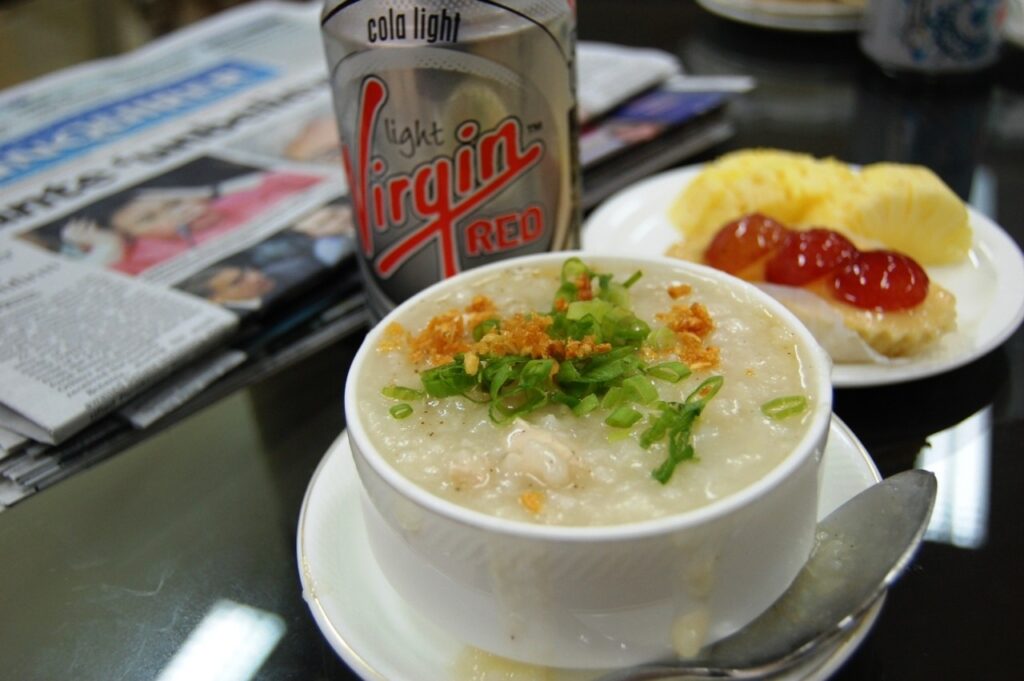
Arroz caldo is the Filipino take on rice porridge, a dish that soothes with every spoonful. Chicken is simmered with glutinous rice, garlic, and plenty of ginger until creamy and fragrant. Topped with hard-boiled eggs, scallions, toasted garlic, and a squeeze of lemon or calamansi, it’s both nourishing and aromatic. Often served to the sick or during cool mornings, arroz caldo represents care in edible form. Filipino Americans make it to recall the warmth of home, its steam carrying the scent of love and memory.
7. Halo-Halo
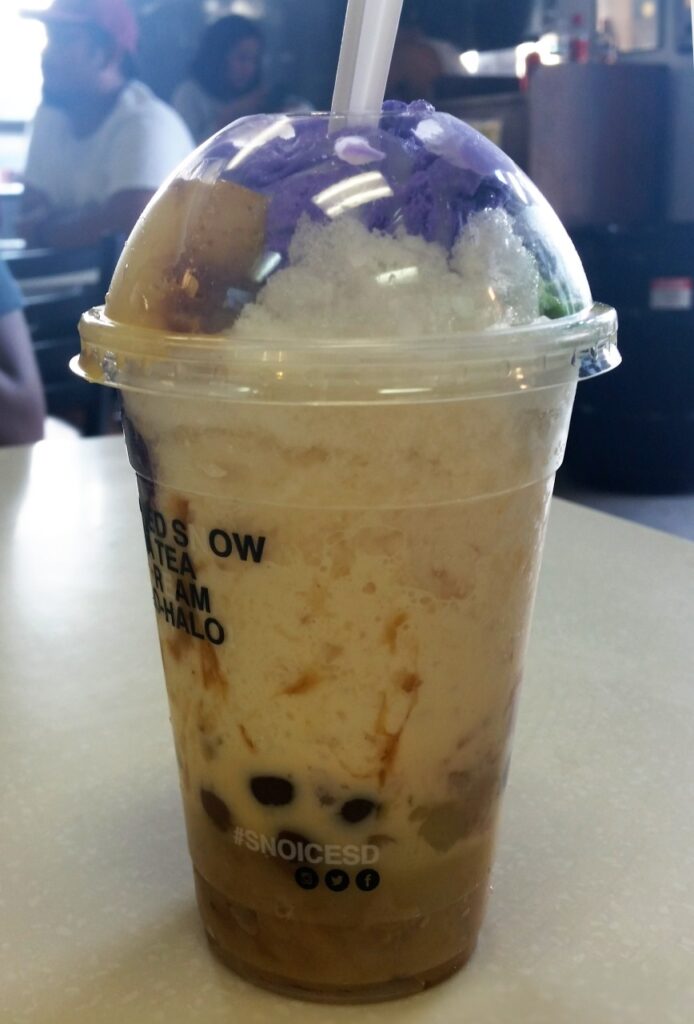
Halo-halo, meaning “mix-mix,” is a joyful riot of color and flavor layered in a glass. Shaved ice, milk, and an assortment of sweetened fruits, beans, jellies, and custards come together for a dessert that’s as fun to assemble as it is to eat. The combination of textures crunchy, chewy, and creamy, creates a playful experience. The crowning touch is often ube ice cream or leche flan. Filipino Americans proudly serve halo-halo as a symbol of their blended culture, celebrating diversity through sweetness and color.
8. Chicken Inasal
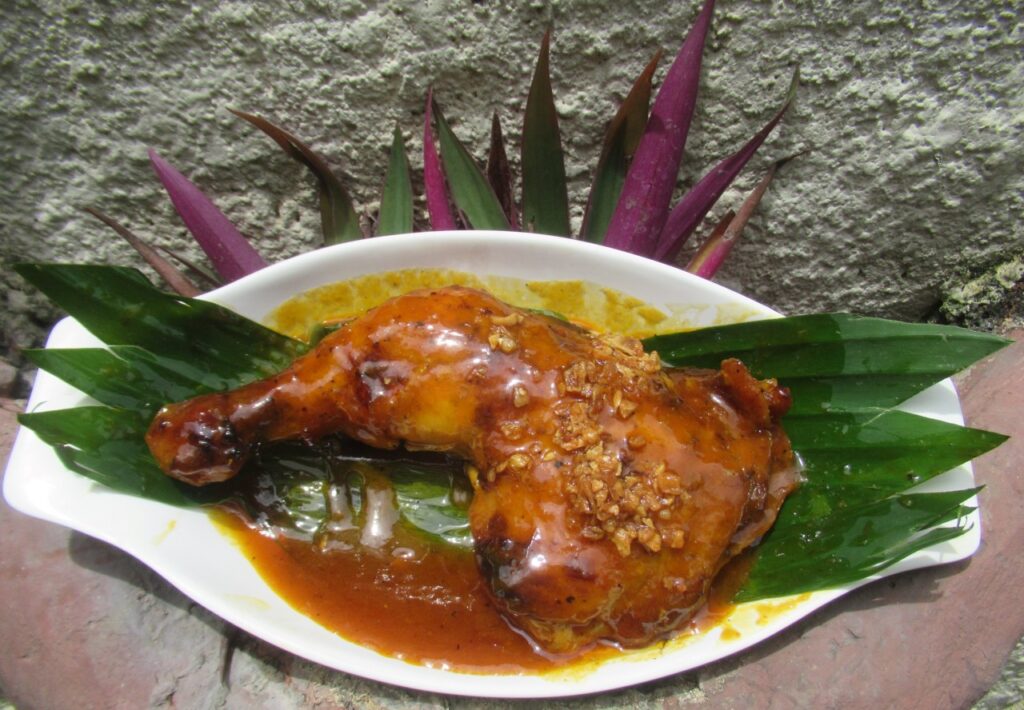
Chicken inasal brings the taste of the Visayas to the grill with its tangy, aromatic marinade. Chicken pieces soak in calamansi juice, lemongrass, garlic, and vinegar before being basted with annatto oil as they cook over charcoal. The result is tender, smoky meat with a subtle citrus brightness. Served with rice, vinegar dip, and chicken oil, it’s simple but deeply flavorful. Filipino Americans love its balance of char and freshness, a reminder of family barbecues and sunlit gatherings back home.
9. Bistek Tagalog
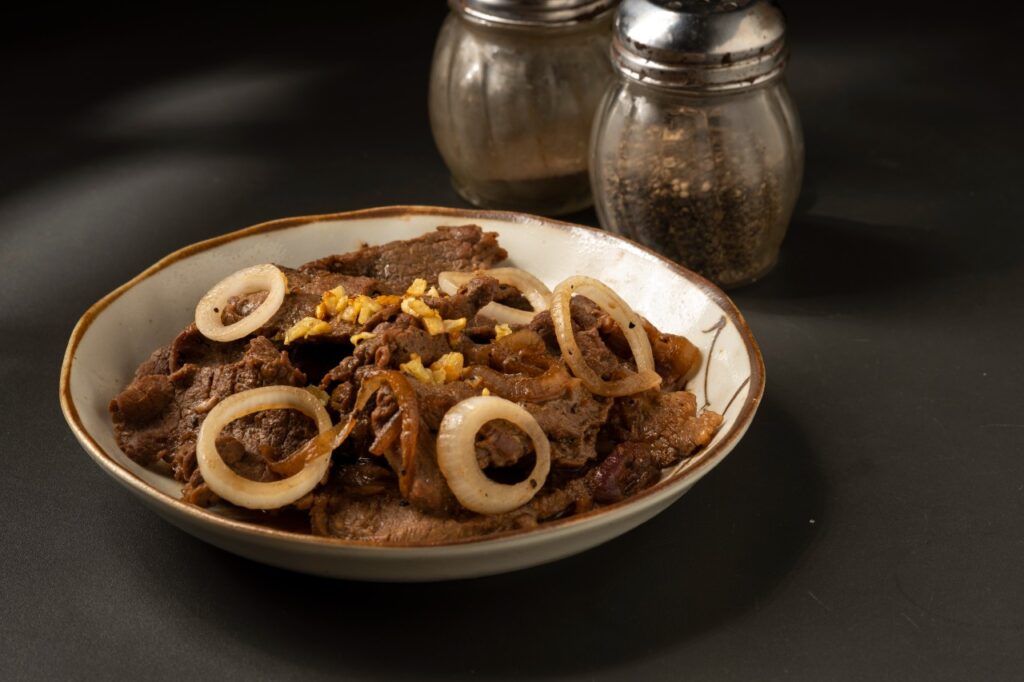
Bistek Tagalog, or Filipino beef steak, transforms simple ingredients into a deeply satisfying dish. Thin slices of beef are marinated in soy sauce, calamansi, and garlic, then pan-seared with caramelized onions. The resulting sauce is savory with a hint of citrus tang, perfect for spooning over rice. Filipino Americans adapt the recipe with lemon or lime juice, keeping its comforting flavor intact. Its harmony of salty, sour, and sweet notes makes bistek both humble and sophisticated, a weekday meal with soul.
10. Turon
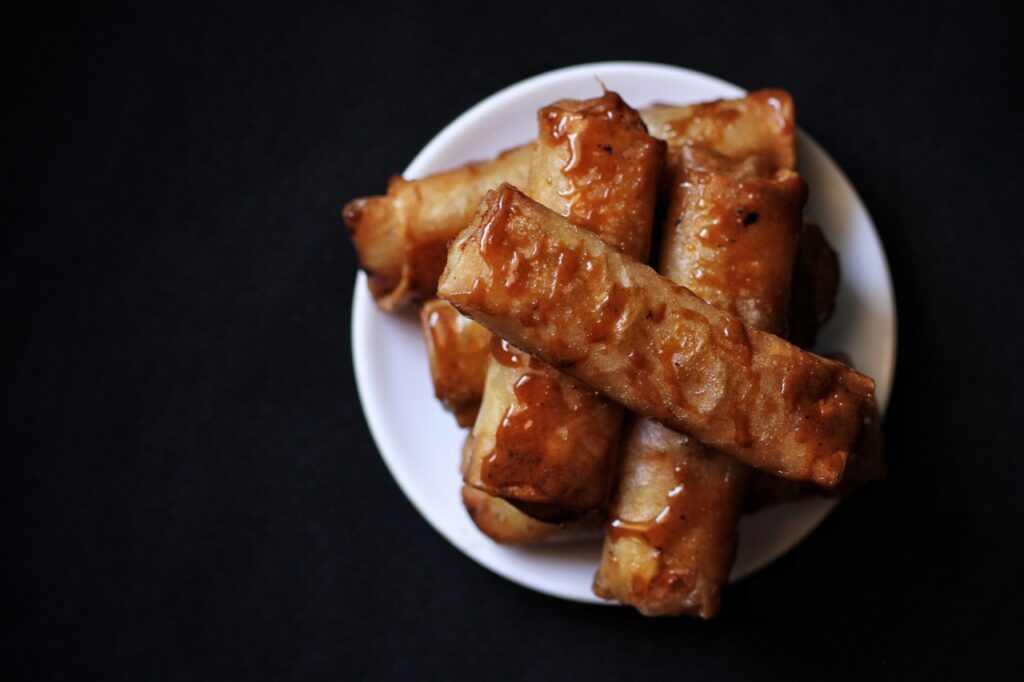
Turon turns ordinary fruit into a golden delight. Saba bananas and jackfruit slices are wrapped in thin lumpia wrappers, coated in sugar, and fried until crisp and caramelized. The outside crackles as you bite in, revealing a warm, gooey filling that tastes like sunshine. Turon’s simplicity is part of its charm; it’s cheap, quick, and irresistibly good. Filipino Americans serve it at potlucks and gatherings, where its sweet aroma instantly draws a crowd. Each piece feels like a small celebration in itself.
11. Bibingka
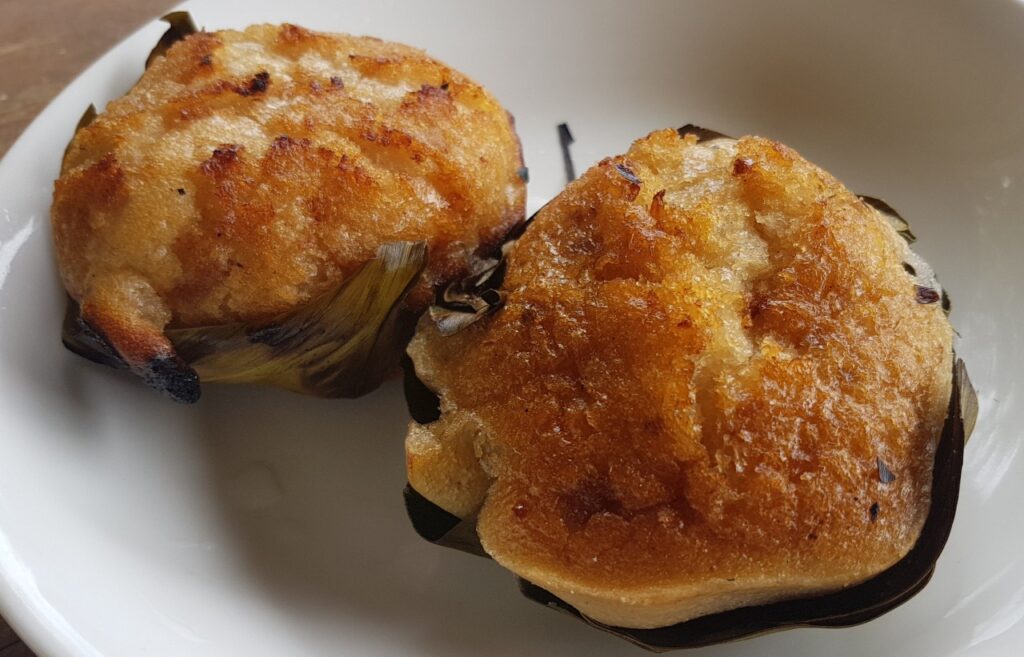
Bibingka is a beloved rice cake that signals the holiday season and the warmth of community. Made from rice flour, coconut milk, and a touch of sugar, it’s traditionally baked in banana leaves that infuse it with a gentle smokiness. Topped with salted egg, cheese, or grated coconut, it’s soft, slightly sweet, and perfectly comforting. Filipino Americans often bake it in modern ovens but preserve its festive spirit. A slice of bibingka feels like home, simple, heartfelt, and steeped in tradition.


